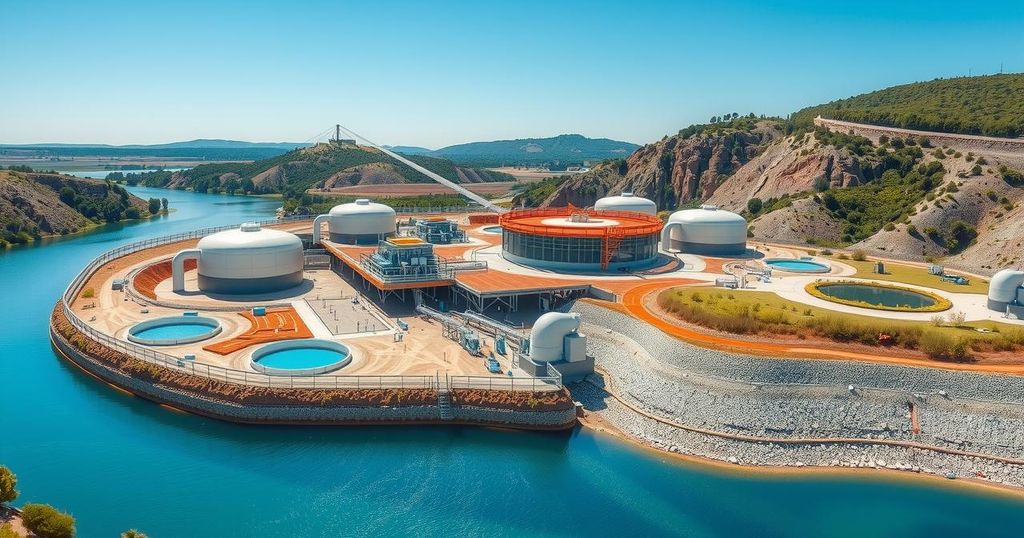Anacortes, Washington, is enhancing its water treatment plant in response to climate change by increasing its capacity and incorporating flood risk mitigation strategies. Collaborating with non-profit organizations, city officials identified key climate threats and utilized EPA tools for effective adaptation. The project represents a significant investment of $56 million to bolster resilience and better serve its community.
The city of Anacortes, Washington, has taken critical steps to enhance its water treatment plant, located near the Skagit River, in response to vulnerability from floods and climate change risks. Initially, in 2003, the city determined the necessity to increase the plant’s capacity from 21.4 million gallons per day (mgd) to 31.5 mgd. However, relocating the facility out of the floodplain was deemed financially impractical in 2008, prompting a decision to rebuild on its existing site, necessitating careful climate considerations and adaptation strategies.
To assess the plant’s vulnerabilities, Anacortes officials partnered with non-profit organizations to utilize the best available climate science, taking into account various risks such as:
– Increased frequency and intensity of storms
– Saltwater intrusion
– Elevated levels of sedimentation
Projected impacts of climate change were evaluated through the 2080s, revealing an expanded 100-year floodplain, a projected 350% increase in winter sediment loads, and the anticipated migration of the saltwater wedge due to sea-level rise.
The design and construction of the new facility included measures to mitigate flood risks by:
– Minimizing structure penetration below the designated 100-year flood elevation
– Elevating critical electrical components out of flood-prone areas
– Implementing waterproofing techniques up to a 40-foot elevation
– Constructing ring dikes for added flood protection
The total estimated investment for the plant’s reconstruction was $56 million, equipping it to meet growing service demand and adapt to the forecasted climate variations.
To effectively navigate these challenges, the EPA offers several tools for utilities, such as:
– The Coastal Inundation Toolkit, which helps understand facility vulnerabilities through projections of rising seas and storm surges.
– The Creating Resilient Water Utilities Adaptation Strategies Guide, which identifies low-cost adaptation methods for utilities.
– The Climate Resilience Evaluation and Awareness Tool (CREAT), which assists in conducting vulnerability assessments for informed decision-making.
Further insights can be gleaned from similar cases, such as the analysis conducted by Manchester-by-the-Sea on sea level rise impacts or Iowa City’s relocation of a wastewater facility due to financial and vulnerability assessments. Washington, D.C. has also adopted green infrastructure strategies to tackle stormwater issues, illustrating varied approaches in managing climate-related risks.
For additional context, the Skagit Climate Science Consortium and various PDF reports provide further evidential analysis and resources relevant to climate adaptation in water utilities.
In conclusion, Anacortes, Washington, has proactively addressed the vulnerabilities of its water treatment plant amid increasing climate change impacts. By focusing on enhancement and resilience-building strategies through cooperation with non-profit organizations and the implementation of EPA resources, the city has established a robust framework for both immediate and long-term adaptations. The steps taken underscore the importance of incorporating science-based assessments in order to effectively safeguard essential infrastructure against future climate challenges.
Original Source: www.epa.gov






